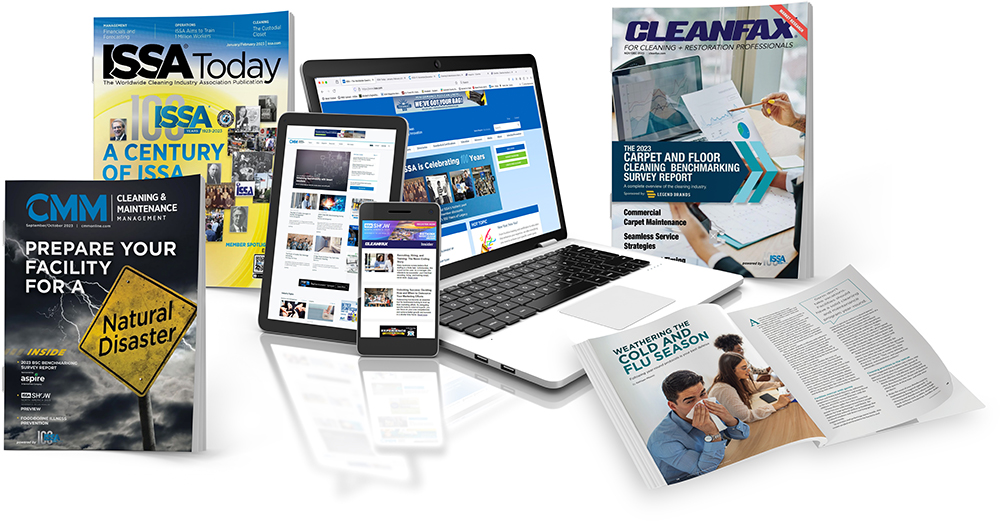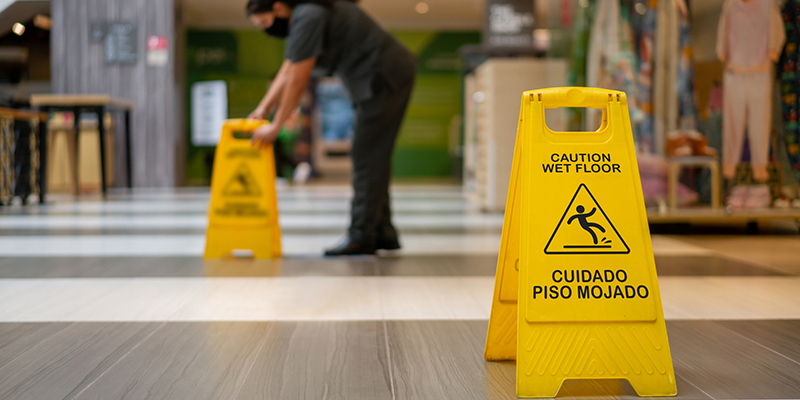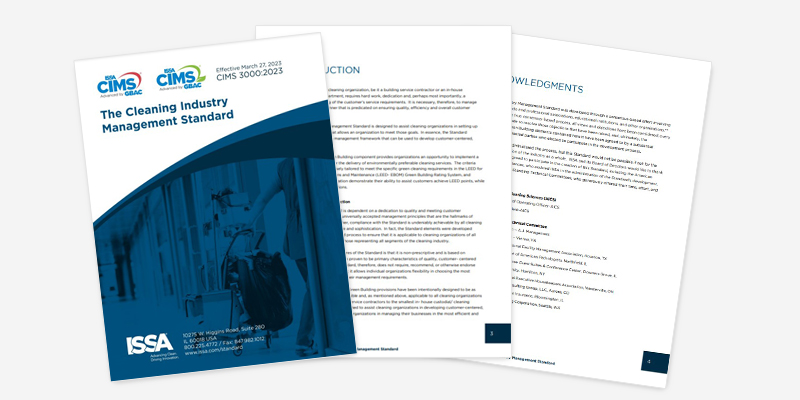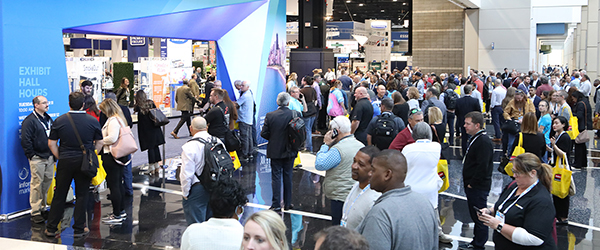Evaluation of Cleaning and Disinfection Must Be at the Top of the List When Selecting Surface Materials and Products
In today’s healthcare and public facility environments, the importance of cleaning and disinfection has never been more critical. As we continue to face evolving pathogens and heightened awareness around infection prevention, the selection of surface materials and products must prioritize ease of cleaning and compatibility with disinfection protocols.
Start with the IFUs
One of the most overlooked—but essential—steps in the early selection process is evaluating the Instructions for Use (IFUs) provided by manufacturers. These documents outline the approved methods for cleaning, disinfection, and maintenance of a product. Surprisingly, IFUs are not always the first documents requested or reviewed during procurement or design planning.
Once the IFU is obtained, it should be compared against the facility’s Infection Prevention Guidelines. This comparison helps identify any conflicts between what the manufacturer recommends and what the facility practices. For example:
- Does the IFU specify a disinfectant that the facility does not use?
- Are there cleaning methods required that are not feasible in the facility’s workflow?
Regulatory Implications
Regulatory bodies require facilities to:
- Follow the manufacturer’s IFU, and
- Develop and adhere to internal infection prevention and control guidelines.
When these two sets of instructions conflict, it can lead to regulatory findings and citations. Additionally, some manufacturers specify specific disinfectant brands or chemistries, which may not align with what the facility currently uses, creating further compliance challenges when suddenly confronted during a regulatory survey.
More on navigating disinfectant compatibility will be covered in a future blog.
Why Cleaning and Disinfection Matter More Than Ever
Recent CDC guidance emphasizes that environmental cleaning is a cornerstone of infection prevention, particularly in patient care areas. High-touch surfaces—such as bed rails, doorknobs, and light switches—pose a higher risk for pathogen transmission and therefore require more frequent and rigorous cleaning [1]. Surface materials cannot all be cleaned and disinfected the same way and when they are damage occurs. Often unseen to begin with but significant enough for pathogens to find safe harbor away from biocides used to destroy them.
The CDC’s 2024 update outlines a risk-based approach to environmental cleaning, which considers:
- Probability of contamination
- Vulnerability of patients
- Potential for exposure to pathogens
This framework helps facilities determine the appropriate cleaning frequency and method for different areas, reinforcing the need for materials that can withstand repeated disinfection without degradation [1].
Material Selection: A Critical Factor
When selecting surface materials, consider the following:
- Durability against disinfectants: Some materials degrade or discolor with repeated exposure to common disinfectants.
- Non-porous surfaces: These are easier to clean and less likely to harbor pathogens.
- Compatibility with “no-touch” disinfection technologies: Materials should not interfere with UV-C or vapor-based systems [2].
The CDC also stresses the importance of following manufacturer instructions for both cleaning products and surface materials to ensure efficacy and safety [2].
Case Studies: Lessons from the Field
Hospital Renovation and Surface Material Failure
A 2024 NIH-funded study examined a hospital that installed decorative wall panels in patient rooms. While visually appealing, the panels were made of porous composite materials that absorbed disinfectants and degraded within six months. This led to microbial growth beneath the surface, requiring costly removal and replacement [3].
Lesson: Always verify that materials are non-porous and compatible with hospital-grade disinfectants.
Long-Term Care Facility and UV Disinfection Compatibility
A long-term care facility in the Midwest implemented UV-C disinfection as part of its infection control strategy. However, several plastic furnishings discolored and cracked after repeated UV exposure. The facility had to replace these items with UV-resistant alternatives, incurring unexpected costs[3].
Lesson: Ensure materials are compatible with “no-touch” disinfection technologies like UV-C or vaporized hydrogen peroxide.
School District’s Proactive Material Selection
A California school district conducted a pre-installation evaluation of flooring and desk materials for their new buildings. They selected high-density polyethylene (HDPE) and epoxy-coated surfaces, which were tested for resistance to bleach, quaternary ammonium compounds, and hydrogen peroxide. The result: reduced maintenance costs and improved infection control during flu season [3].
Lesson: Proactive evaluation of cleaning compatibility can lead to long-term savings and better health outcomes.
Best Practices for Material Selection
When selecting surface materials, facilities should:
- Request and review manufacturer IFUs early in the process
- Compare IFUs with internal infection prevention protocols
- Choose non-porous, durable materials
- Ensure compatibility with disinfectants and disinfection technologies
- Provide competency-based training for environmental services staff
- Conduct regular audits to ensure compliance [2]
References
[1] Cleaning and Disinfecting | Water, Sanitation, and Environmentally … [2] RePORT 〉 RePORTER [3] Home – SRA – NCBI


